First, let me deal briefly with shaping, and I'll refer to it again later. The way I make gluten free bread shaping is part of the process. It is not the same as shaping with gluten dough, but there are similarities. Generally the dough is strong enough to shape as a batard, a boule or a baguette. It is not possible to get a taught skin on the dough, but it is possible to develop a clearly defined shape and proof the dough in a banneton or couche.
Here are a couple of batards I shaped before proofing in a linen couche:

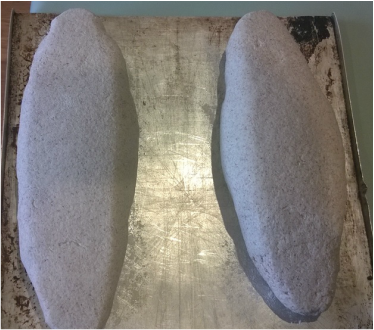
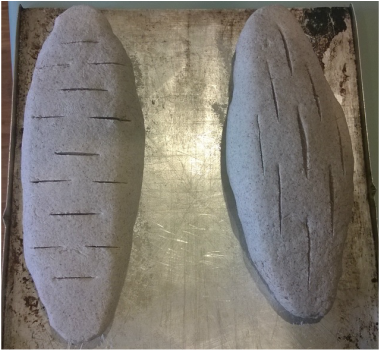
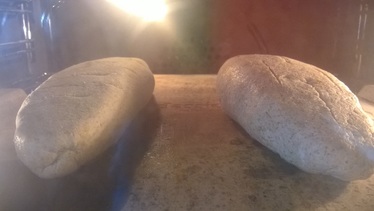
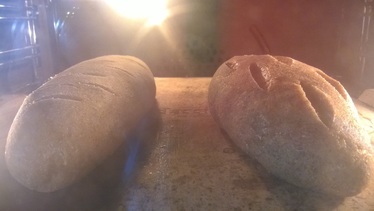
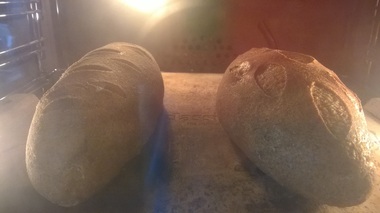
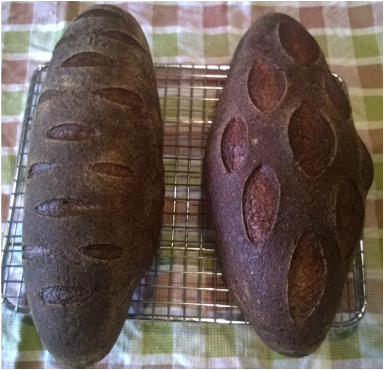
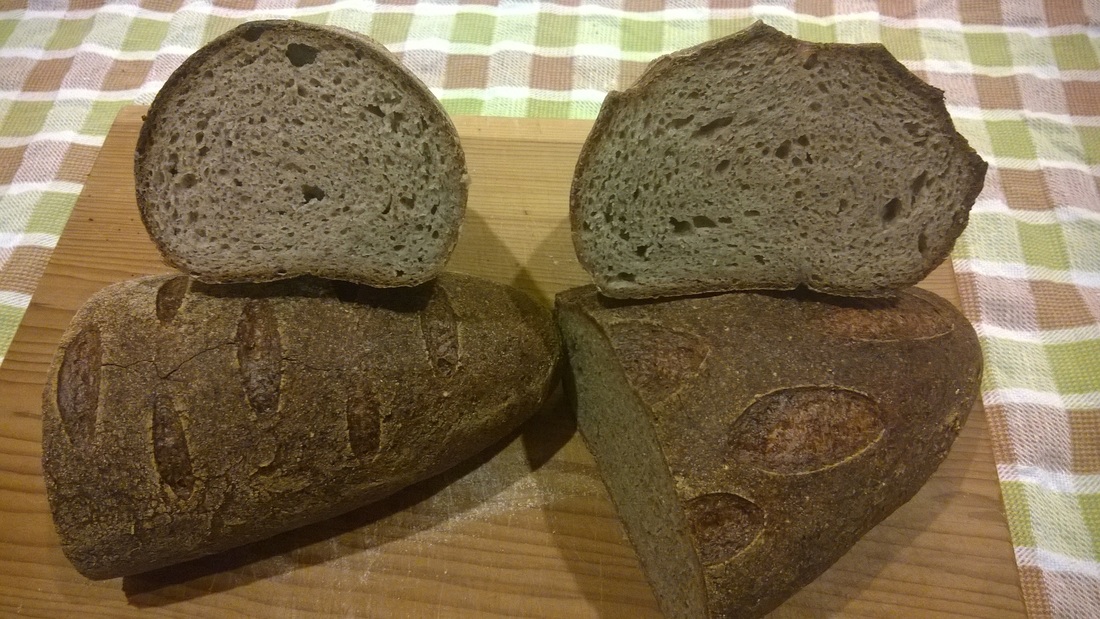
 RSS Feed
RSS Feed
